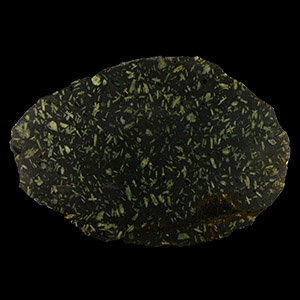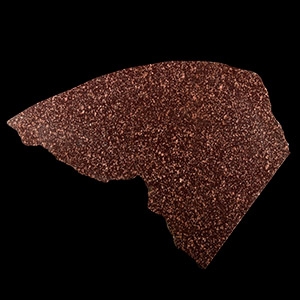Home > Auctions > 5 - 9 March 2024: Ancient Art, Antiquities,
Natural History & Coins
Auction Highlights:
Ex property of a London lady, part of her family's collection.
Accompanied by an academic report by Dr Raffaele D’Amato.
This lot has been checked against the Interpol Database of stolen works of art and is accompanied by search certificate no. 11542-196369.
Cf. Popescu, G.A., Cristiani d'Oriente, spiritualità, arte e potere nell'Europa Post-Bizantina, Milano, 1999, figs.109,111; Sinkević, I., Windows to the Heaven, treasures from the Museum of Russian Icons, Easton, 2017, no.R2003.12; see Lazarev, V. N., Russian icon painting from the origins to the beginning of the 16th century, Moscow, 2000.
In the Orthodox world, single wooden crosses representing the Stavrosis (Crucifixion) were positioned as icons in their own right, with candles placed in front of them as offering for the dead. It is a tradition that dates back to Byzantium, and was continued in the Slavic Orthodox world with the creation of splendid painted wooden crucifixes placed on equally beautifully painted pedestals. In this case the complex representation includes all the elements of the Gospel that recall the passion, death and resurrection of Christ. Christ has been taken down from the cross and is surrounded by his loved ones. His muscular body highlights the wound in his right side procured by Longinus' spear. The pain of the mother, the piety of Mary, is expressed here with the mute silence of the Madonna, who holds her son's head, which contrasts with the pain manifested by the other bystanders. Saint Joseph of Arimathea, who procured the tomb and the sacred sheet, devoutly holds the feet of Christ. The right side of the scene shows the Golgotha, symbol of the human death of Christ. The left of the scene shows the open tomb, symbol of the human and divine Resurrection of Christ. The sacred sheet, loose inside the sepulchre with open lid, appears as a symbol of the saving grace of the Resurrection. The city in the background represents ancient Jerusalem transformed into its heavenly equivalent through the Resurrection of Christ.
Private American collection, New York, USA.
This lot has been checked against the Interpol Database of stolen works of art and is accompanied by search certificate no.12065-211002.
The box contains an educational set of geometric shapes comprising 120 individual three-dimensional cardboard pieces with printed names and numbers corresponding to the key, arranged in various smaller interlocking configurations. The producer, Louis Dupin de la Guérinière, was a French civil engineer who began to produce and sell folded models to show the physical properties of polyhedrons. His models were intended not only as educational aids for students of mathematics, but also for those whose work involved perspective drawing, stone-cutting and mineralogy. The sets began production in the 1840s and were a popular study-aid. The present example has an adhesive label in the lid naming the supplier as Crosti of Rue Ste. Catherine, Bordeaux, France.
From Xixia Basin, Henan Province, China.
Ex Eons Ago, USA, circa 2008.
Prepared by Christine Coyle, U.S.A.
From the private collection of Mr A Hills, Kent, UK.
Dinosaur eggs are known from about 200 sites around the world, the majority in Asia and mostly in terrestrial (non-marine) rocks of the Cretaceous Period. It may be that thick calcite eggshells evolved during the Cretaceous (145 to 65 million years ago). Most dinosaur eggs have one of two forms of eggshell that are distinct from the shells of related modern animal groups, such as turtles or birds; however, some eggs closely resemble the type of shells seen in present day ostrich eggs.
From a collection acquired on the UK art market from various auction houses and collections mostly before 2000.
From an important Cambridgeshire estate; thence by descent.
Dinosaur eggs are known from about 200 sites around the world, the majority in Asia and mostly in terrestrial (non-marine) rocks of the Cretaceous Period. It may be that thick calcite eggshells evolved during the Cretaceous (145 to 65 million years ago). Most dinosaur eggs have one of two forms of eggshell that are distinct from the shells of related modern animal groups, such as turtles or birds; however, some eggs closely resemble the type of shells seen in present day ostrich eggs.
LATE CRETACEOUS PERIOD, CIRCA 96-95 MILLION YEARS B.P.
Found Haqel, Lebanon.
Ex Fine Fossils, UK.
From the private collection of Mr J.G., a company executive.
Studied by the University of Manchester, UK.
Accompanied by an original signed handwritten note from Sir David Attenborough, 7 November 2022, which reads 'Dear J[ ] G[ ], You are indeed lucky to have such a spectacular fossil. Best wishes, David Attenborough'.
Accompanied by a certificate of authenticity from Fine Fossils with certificate no.COLL011.
Accompanied by a detailed geological report by Paul Goodrich.
This lot has been checked against the Interpol Database of stolen works of art and is accompanied by search certificate no.12091-214455.
Paratriakis curtirostris was a resident in the shallows of the Tethys Ocean, which separated Africa, Europe, Indo-Australia and Asia. The genus is now extinct, but has a relative in the modern-day dogfish Triakis.
From Xingyi, Guizhou, China.
Ex J. Shaul, collection, UK.
Keichousaurus was a late Triassic marine reptile, a member of the Pleurosaur family, which went extinct 250 million years ago during the Triassic-Jurassic extinction event. They were specialised fish eaters, and were highly unusual amongst marine reptiles in that they gave birth to live young rather than laying eggs.
From Madagascar.
From a Cambridgeshire, UK, collection.
Claudiosaurus is an extinct genus of diapsid reptiles from the Late Permian Sakamena Formation of the Morondava Basin, Madagascar. It is theorised that this was a semi-aquatic, lizard-like dinosaur.
Found by Mike Kemper, Waipare, Mount Cass, New Zealand, February 2014.
From the private collection of a Lancashire gentleman.
Ex Fossils UK.
From the private collection of a Lancashire gentleman.
Carcharodon megalodon is regarded as one of the largest and most powerful marine predators in vertebrate history and likely had a profound impact on structuring of the marine communities. Fossil remains indicate that this giant shark reached a length of more than 16 metres (52 ft) and also affirm that it had a cosmopolitan distribution. Scientists suggest that in life it looked like a stockier version of the great white shark, Carcharodon carcharias.
From Wyoming (Green River Formation), USA.
Property of a Cambridgeshire, UK, gentleman.
In southwest Wyoming (and parts of Colorado and Utah) in the Green River Formation are found some of the world's most outstanding specimens of fossil fish. The Green River system was composed of three lakes: Lake Ulinta, Lake Gosiute and Fossil Lake. These Eocene lakes lay in a series of intermountain basins formed by geological events that uplifted the Rocky Mountains during the early Tertiary time. The climate was much different from the desert-like climate of this area today. Both the fauna (crocodiles, alligators, boa constrictors and some subtropical fish families) and the flora (such as large palm trees) indicate a climate much like that found along the Gulf Coast today. Large amounts of ash found in the sediments indicate that volcanoes were particularly active at this time.
From Greece.
Ex Mineral Imports, London, UK.
Gregory, Bottley & Lloyd (Gregory's).
From Egypt.
Ex Mineral Imports, London, UK.
Gregory, Bottley & Lloyd (Gregory's).
Mons Porphyrites (today Jabal Abu Dukhkhan) is the mountainous site of a group of ancient quarries in the Red Sea Hills of the inhospitable eastern desert in Egypt, a five day trip from the Nile during Roman times. They were discovered by Caius Cominus Leugas in 18 A.D., and during the Roman Empire the mines officially belonged to the emperor and were the only known source of the Imperial Porphyry, Mons Porphyrites. This dark purple stone was associated with royalty and used for prestigious sculpture and architecture. The location of the mines was lost some time in the 5th century, and rediscovered in the early 19th century. Excavations in the area have revealed the well-preserved quarries and the dwelling places of the quarry men, and also thousands of ostraca have been discovered containing messages that provide details of how the quarrying took place, and of how the highly skilled quarrymen ordered their food.
325 - 336 of 2726 LOTS

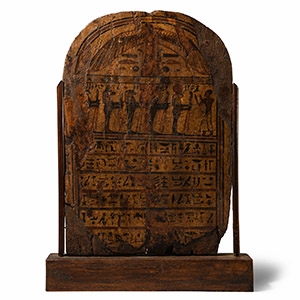
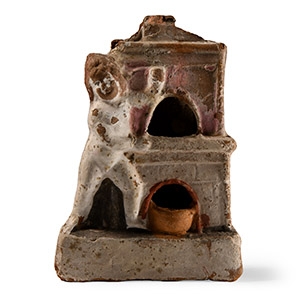

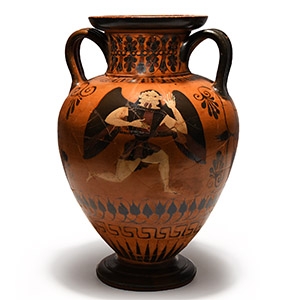
.jpg)
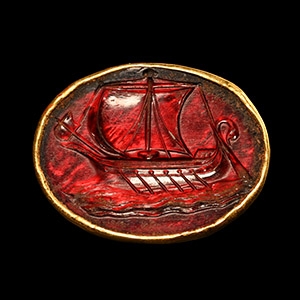
.jpg)

.jpg)
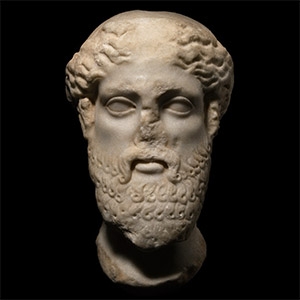
.jpg)
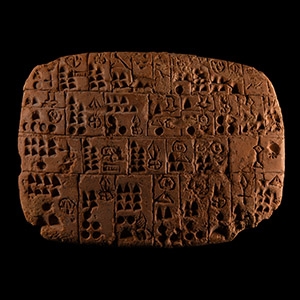

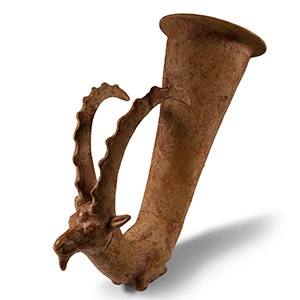
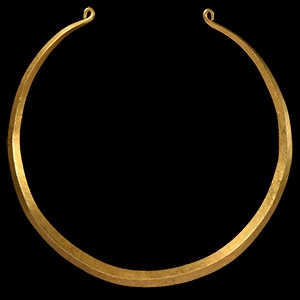
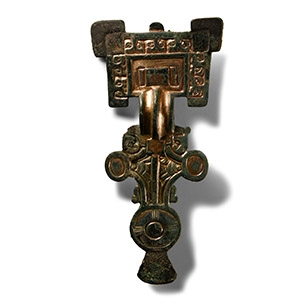
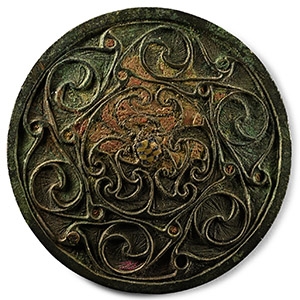

.jpg)
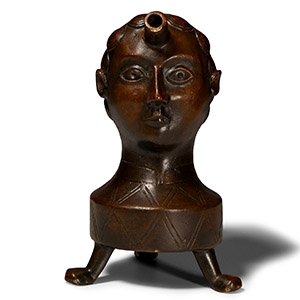
.jpg)

.jpg)
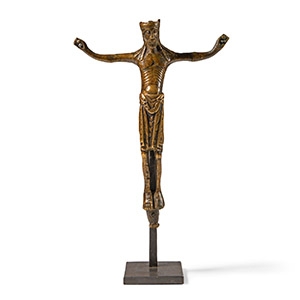
.jpg)
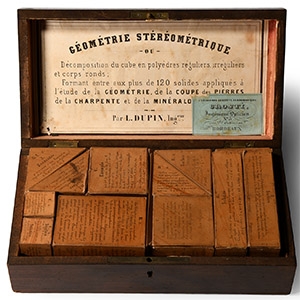


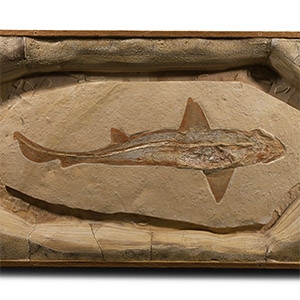
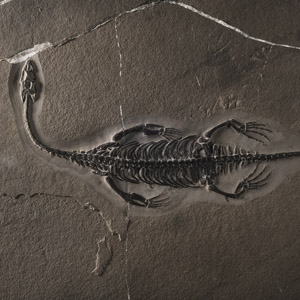
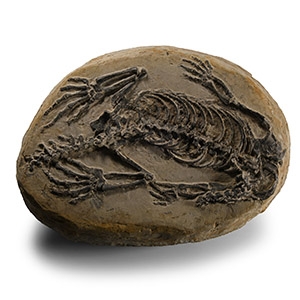
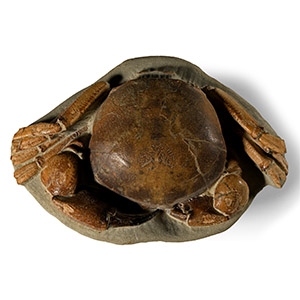
.jpg)

